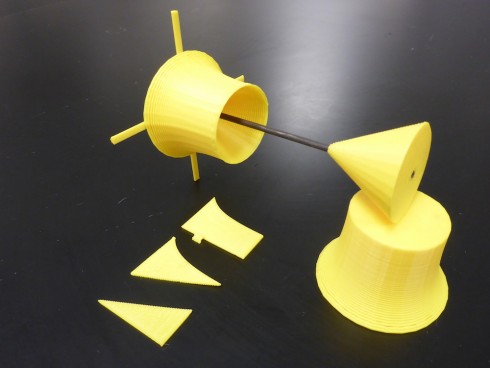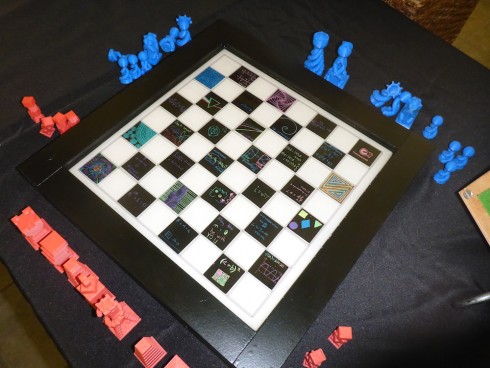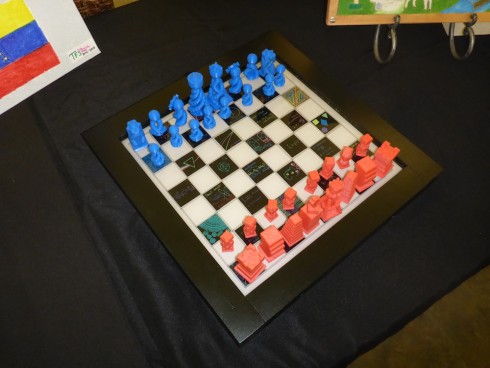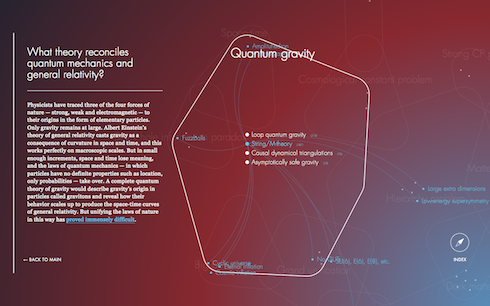David Brooks argues that grades discourage students from following their passions (they have to spread their attention to keep up their GPA). And grit is easier to have if you’re following your passion.
Suppose you were designing a school to help students find their own clear end — as clear as that one. Say you were designing a school to elevate and intensify longings. Wouldn’t you want to provide examples of people who have intense longings? Wouldn’t you want to encourage students to be obsessive about worthy things? Wouldn’t you discuss which loves are higher than others and practices that habituate them toward those desires? Wouldn’t you be all about providing students with new subjects to love?
In such a school you might even de-emphasize the G.P.A. mentality, which puts a tether on passionate interests and substitutes other people’s longings for the student’s own.
— Brooks (2016): Putting Grit in its Place




